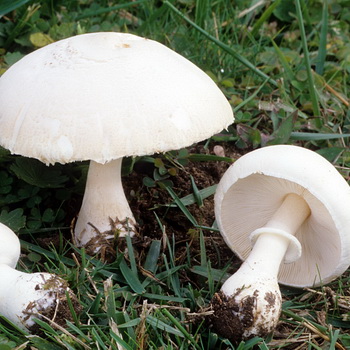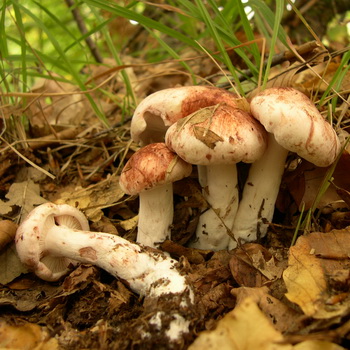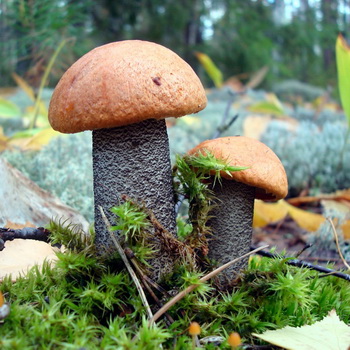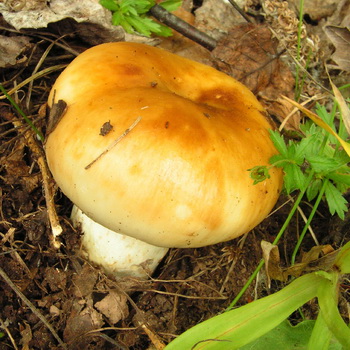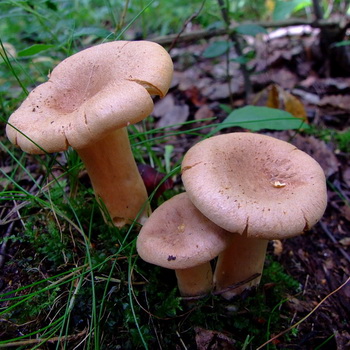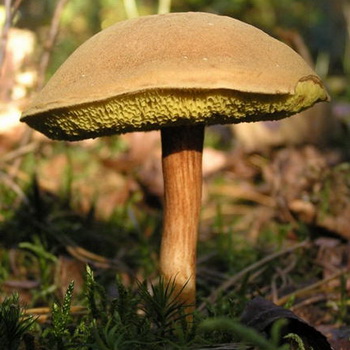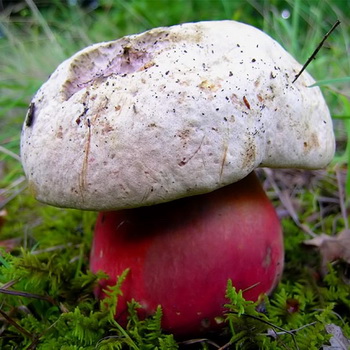Mushroom whips: species description
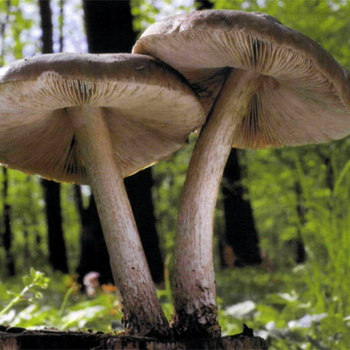
On this page you will find a photo and a description of the plutee of deer, willow, white, noble, umber and scaly. You can find out where and when these mushrooms grow, as well as get information about their counterparts.
Content
Willow mushroom
Category: edible.
Hat of plutaea willow (Pluteus salicinus) (diameter 3-9 cm): grayish-ash, blue or pinkish. In young mushrooms, it has the shape of a bell, which eventually changes to a fine wrinkle that is almost spread out with a network. The edges of the cap are usually darker than the center.
Leg (height 3-13 cm): white or bluish over the entire length. Tapers from bottom to top, has the shape of a cylinder, fibrous at the base.
Pulp: light gray or white color, which usually turns a little green at the place of cut or break and when interacting with air. In its raw form, it has a slightly sour taste and a strong anise odor.
Records: white, cream or pinkish and very frequent.
Doubles: deer (Pluteus cervinus), which has a lighter hat. With full confidence, it can be distinguished from willow only in laboratory conditions.
When growing: from mid-June to early October in many countries of Eurasia, North America and North Africa. In Russia, the most common in the forests of St. Petersburg.

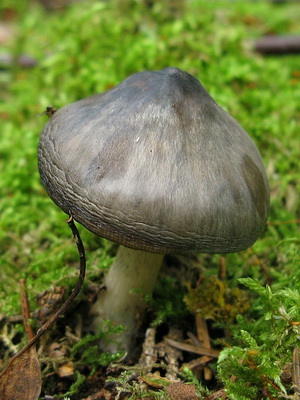
Where can I find: on the roots, stumps and remains of rotten wood. Prefers willows, oaks, poplars and alders in moist forests.
Eating: in dried form.
Application in traditional medicine: not applicable.
White mushroom and its double
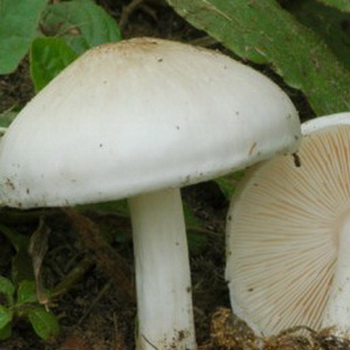 Category: edible.
Category: edible.
White plutey hat (Pluteus leoninus) (diameter 4-10 cm): usually lemon, yellow, changes shape from bell-shaped to almost flat. In the center, which is much darker than the translucent edges, there is a tubercle.
Leg (height 3-9 cm): yellowish, but not as bright as a hat. Cylindrical, tapers from the bottom up, smooth and very dense. Pulp: white in the leg, and yellow in the hat area. Does not change color at the place of cut or break, does not have a pronounced smell and taste.
Records: free, white or slightly yellowish, old mushrooms may have a pinkish tint.
The darling of the white plutee is a related wrinkled orange (Pluteus aurantiorugosus). It differs from white in a lighter hat and in that it grows on diseased but still alive trees.
When growing: from mid-July to early October in the countries of Europe, Siberia, Primorye, China and Japan, as well as in the North African states - Algeria and Morocco.
Where can I find: in deciduous forests on decayed wood of oaks and poplars.
Eating: in dried and fried form.
Application in traditional medicine: not applicable.
Other names: a bunch of whips.
What is the difference between a deer and a deer?
Category: conditionally edible.
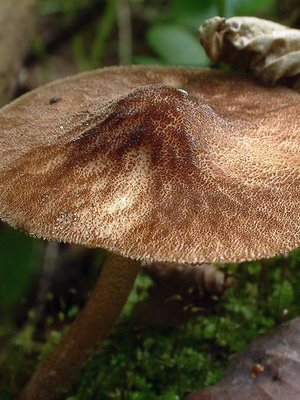
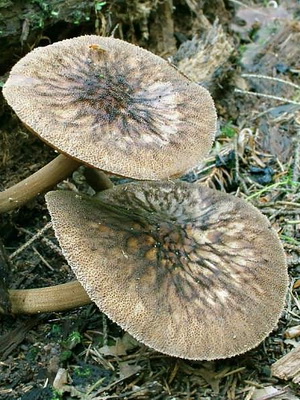
Hat of the plutea umbra (pluteus umbrosus) (diameter 4-12 cm): usually white or brownish, with wrinkles, in its center is a small tubercle. The semicircular shape changes over time to almost open.
Leg (height 4-11 cm): gray-white or brownish, with small scales along the entire length. It has a cylindrical shape, tapers from bottom to top. Solid and very dense.
Records: very free, in young mushrooms white.
Pulp: whitish color, which does not change at the place of the cut and when interacting with air. It tastes bitter, it smells of fresh radish.
Doubles: deer (Pluteus cervinus) and dark-winged (Pluteus atromarginatus). Deer whip differs from the umber one by the color of the plates, while the dark one grows exclusively in coniferous forests.
When growing: from mid-July to early October in Europe, Asia and North America. In Russia, it is most often found in the Samara, Rostov, Perm and Moscow regions.
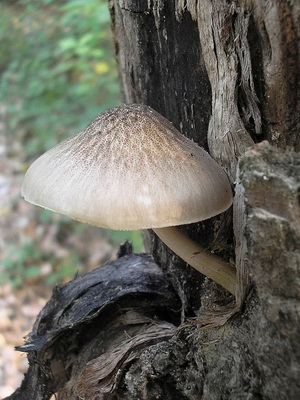
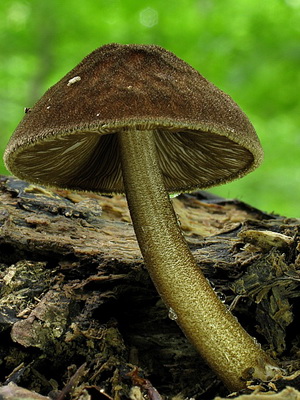
Where can I find: on rotten stumps and wood remains - mainly beech, ash and poplar trees.
Eating: only under the condition of preliminary soaking and boiling as a component of various dishes, since in the finished form the mushroom itself has no taste.
Application in traditional medicine: not applicable.
Other names: shady with a whip, an umbrella with a whip, with a fringed-laminated whip.
Noble mushroom
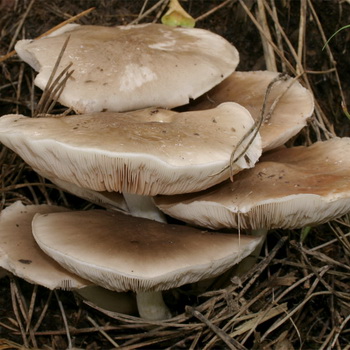 Category: inedible.
Category: inedible.
Hat of the noble plutey (Pluteus petasatus) (diameter 5-16 cm): white, grayish, extremely rarely yellow. It has small scales. In young plutaeans, it is slightly convex, with time it becomes completely flat or slightly depressed with a small central tubercle. The touch is usually dry or slightly slippery. The edges are even, wrapped inwards, sometimes they can be torn.
Leg (height 6-14 cm): white, sometimes with a slight brown coating, dense, cylindrical in shape.
Pulp: white color, which does not change at the place of the cut and when interacting with air. It has a pleasant mushroom aroma and a sweet taste.
Doubles: deer (Pluteus cervinus), which has a larger size and pale color.
When growing: from mid-July to early October in the countries of the Eurasian continent. In Russia - in Tatarstan, Primorsky Territory, Krasnodar; Samara, Irkutsk, Leningrad, Rostov and Moscow regions.
Where can I find: in all types of forests, usually near oaks and beeches.
Eating: not used.
Application in traditional medicine: not applicable.
Other names: domestic whips.
Puteyut deer: photo and description
Category: inedible.
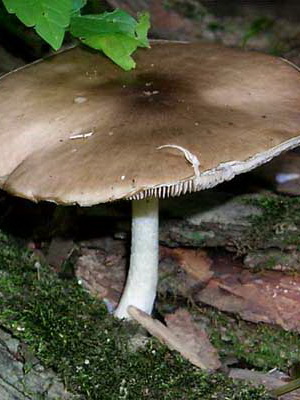

Hat pluteya deer (Pluteus cervinus) (diameter 4-25 cm): gray, brown or almost black. The edges are usually much lighter than the center, but if the weather is dry and sultry for a long time, it also fades greatly. In young mushrooms, the hat has the shape of a bell, which eventually changes to almost completely spread out with a small tubercle in the center. Silky to the touch, sometimes cracking.
Leg (height 4-17 cm): usually white or gray, solid, cylindrical in shape, with longitudinal fibers, often with a small mesh or moire pattern. May be severely curved and swollen. Easy to detach from the hat.
Pulp: very brittle, white in color, which does not change at the site of the cut and when interacting with air.
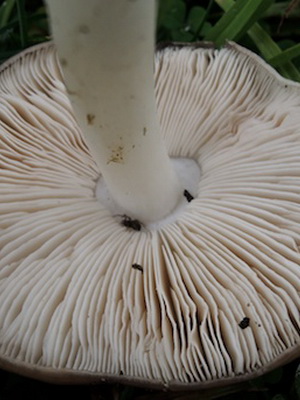
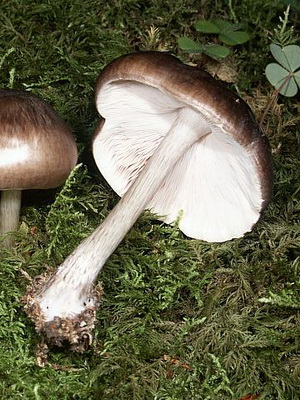
Records: wide and thick. Young deer plumeis are white, with time the color changes to pinkish.
The deer was called due to the color of the hat. It has a pungent and tart radish smell.
Doubles: related pluteys of Pozuar (Pluteus pouzarianus) and dark-plutee (Pluteus atromarginatus), as well as broad-plate collibia (Megacollybia platyphylla). But Pozuara’s whip has no distinct smell and grows on soft deciduous trees, the darker whip is darker and most often found in coniferous forests, and the collibia is distinguished by a creamy shade of plates.
When growing: from the beginning of June to the end of August in almost all countries of Europe.
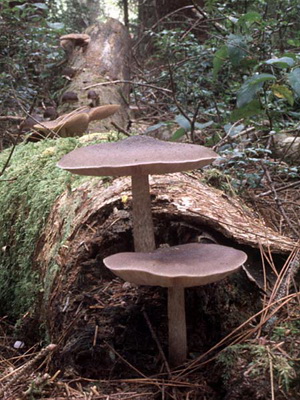

Where can I find: on rotten wood of all types of forests, as well as sawdust. Prefers pine and birch.
Eating: not used.
Application in traditional medicine: not applicable.
Other names: the whip is brown, the whip is dark fibrous.
Scaly mushroom
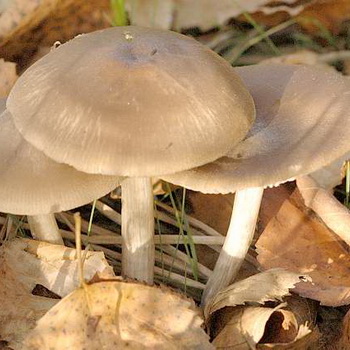 Category: inedible.
Category: inedible.
Hat of the plutea flake Pluteus ephebeus) (diameter 3-10 cm): grayish or brown, with small scales, very fleshy, often covered with radial cracks. In a young mushroom, it is convex, later it becomes prostrate or with edges curved upwards, with a small tubercle in the center.
Leg (height 3-11 cm): shiny white or light gray, very dense, has the shape of a cylinder.
Pulp: white color, which does not change at the cut and when interacting with air.
Records: very wide and free. Young pluteys are gray, but with time they noticeably turn pink.
Scaly whip tastes astringent, does not have a pronounced
Doubles: flake-like whip (Pluteus lepiotoides). But this mushroom is much smaller, has more pronounced scales on the hat, does not knit on the taste.
When growing: from early August to mid-October in Russia - in the Far East, as well as in the Samara and Rostov regions.
Where can I find: on rotten trees and wood debris, often found in urban areas.
Eating: not used.
Application in traditional medicine: not applicable.
Other names: youthful whip, lepiotopod whip.
